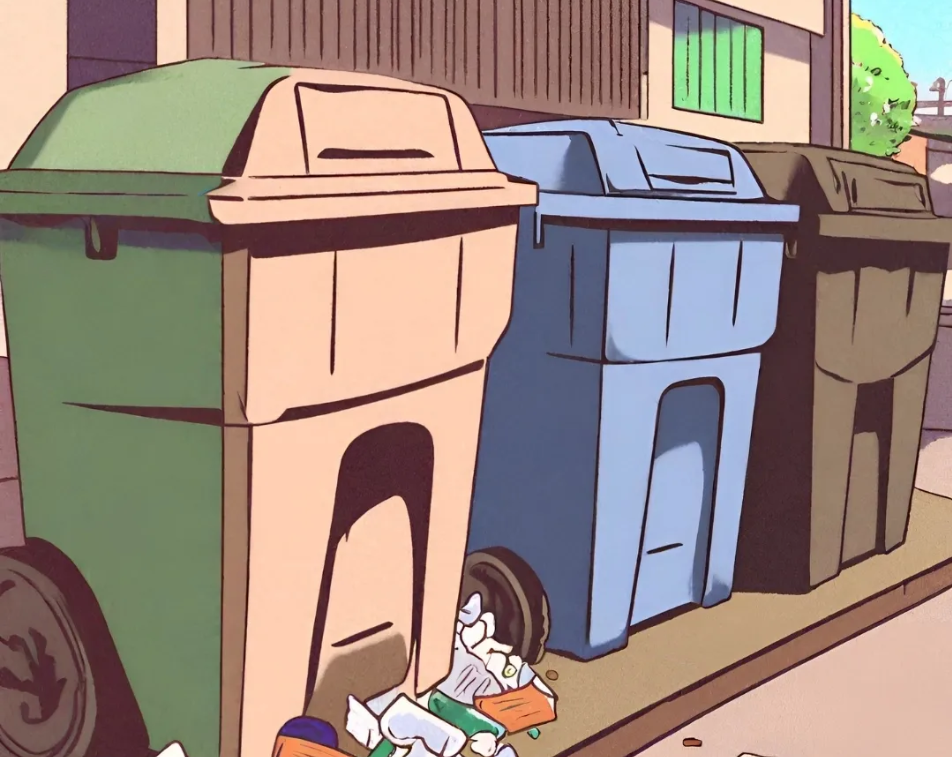Garbage segregation is a fundamental practice that plays a pivotal role in sustainable waste management. By categorizing and separating waste materials at the source, individuals and communities can significantly reduce the environmental impact of improper waste disposal. In this blog post, we will explore the importance of proper garbage segregation practices, the benefits of effective waste management, and the key steps to implementing a successful segregation system.
Why Proper Garbage Segregation Matters:
Effective garbage segregation is essential for minimizing the volume of waste sent to landfills and incinerators, thus reducing environmental pollution and promoting resource conservation. It also facilitates the efficient recycling and reprocessing of materials, leading to a significant reduction in energy consumption and greenhouse gas emissions. By segregating waste at the source, communities can actively contribute to the preservation of natural resources and the protection of the environment for future generations.
Best Practices for Garbage Segregation:
1. Educate and Raise Awareness: Promote awareness campaigns and educational programs to inform individuals about the importance of proper garbage segregation and its environmental benefits.
2. Use Color-Coded Bins: Implement a color-coded bin system to differentiate between different types of waste, such as biodegradable, non-biodegradable, recyclable, and hazardous waste.
3. Separate Organic and Inorganic Waste: Segregate organic waste, including food scraps and plant materials, from inorganic waste, such as plastic, glass, and metal, to facilitate effective composting and recycling processes.
4. Handle Hazardous Waste Properly: Ensure the safe disposal of hazardous waste, including batteries, electronic devices, and chemicals, by following specific guidelines and protocols provided by local authorities.
5. Encourage Community Participation: Foster a sense of collective responsibility within communities by organizing clean-up drives and encouraging active participation in waste segregation initiatives.
The Benefits of Proper Garbage Segregation:
Implementing proper garbage segregation practices yields a multitude of benefits, including a reduction in environmental pollution, conservation of natural resources, and the promotion of a cleaner and healthier living environment. Additionally, effective waste management systems contribute to the overall sustainability and well-being of communities, fostering a culture of environmental responsibility and awareness.
Conclusion:
Proper garbage segregation is a fundamental step towards achieving a more sustainable and environmentally conscious society. By adhering to best practices and actively participating in waste management initiatives, individuals and communities can make a significant impact on the preservation of our planet. Embracing a collective commitment to responsible waste segregation and management not only ensures a cleaner and healthier environment but also paves the way for a more sustainable future for generations to come.
